In our Angular app we're using highcarts-ng for our HighCharts implementation.
Here is the Chart Maximize and Minimize function, which works:
function expandChartPanel() {
vm.chartMaxed = !vm.chartMaxed;
viewHeader = ScopeFactory.getScope('viewHeader');
highChart = ScopeFactory.getScope('highChart');
var chart = highChart.chartObject;
var highChartContainer = document.getElementById("highchart-container");
var highChartContainerWidth = document.getElementById('highchart-container').clientWidth;
var highChartContainerHeight = document.getElementById('highchart-container').clientHeight;
var windowWidth = window.innerWidth;
var windowHeight = window.innerHeight;
if (vm.chartMaxed) {
vs.savedWidth = highChartContainerWidth;
vs.savedHeight = highChartContainerHeight;
console.log('savedWidth = ', vs.savedWidth);
console.log('savedHeight = ', vs.savedHeight);
root.chartExpanded = true;
viewHeader.vh.chartExpanded = true;
highChart.highChartMax = true;
highChartContainerHeight = document.getElementById('highchart-container').clientHeight;
windowWidth = window.innerWidth;
windowHeight = window.innerHeight;
highChart.chartConfig.size.width = windowWidth;
highChart.chartConfig.size.height = windowHeight - 220;
chart.setSize(windowWidth, windowHeight - 220);
}
else {
root.chartExpanded = false;
viewHeader.vh.chartExpanded = false;
highChart.highChartMax = false;
highChart.chartConfig.size.width = vs.savedWidth;
highChart.chartConfig.size.height = vs.savedHeight;
chart.setSize(vs.savedWidth, vs.savedHeight);
}
highChart.restoreChartSize();
}
Here is the reflow function:
function restoreChartSize() {
console.log('restoreChartSize');
if (!vs.chartObject.reflowNow) {
vs.chartObject.reflowNow = vs.chartObject.reflowNow = function() {
this.containerHeight = this.options.chart.height || window.window.HighchartsAdapter.adapterRun(this.renderTo, 'height');
this.containerWidth = this.options.chart.width || window.window.HighchartsAdapter.adapterRun(this.renderTo, 'width');
this.setSize(this.containerWidth, this.containerHeight, true);
this.hasUserSize = null;
}
}
vs.chartObject.reflowNow();
}
This reflow function above, works perfectly in this jsFiddle, but not in our app.
The full Gist file of our HighChartsDirective file.
After clicking Maximize, the chart will expand to the full size of the browser window, but then after dragging to resize the browser window, I call the restoreChartSize function, which activates the reflow.
However the size of the chart does not go to auto-size 100% 100%, it goes back to the previous size of the chart :(
After the Maximize function:
Now after resizing the browser window:
window.onresize = function(event) {
console.log('window resizing...');
highChart = ScopeFactory.getScope('highChart');
highChart.restoreChartSize();
console.log('highChart.chartConfig = ', highChart.chartConfig);
};
^ back to the smaller static sizes, not auto-size 100%

